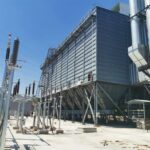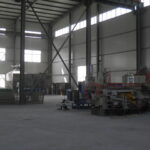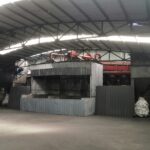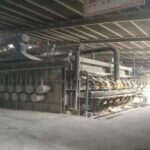Introduction
The steel industry continuously evolves with advancements in material science and manufacturing technologies. Among these innovations, the use of “aluminum wire” (or aluminum cored wire) has gained prominence due to its significant role in improving steel quality, enhancing production efficiency, and reducing costs. This article explores the key applications, benefits, and technological considerations of aluminum wire in the steel market.
1. Key Applications of Aluminum Wire in Steelmaking
Aluminum wire is primarily utilized in secondary metallurgy processes, particularly in **ladle refining** and **continuous casting**, to achieve precise alloying and deoxidation.

1.1 Deoxidation and Alloying
– Deoxidation: Aluminum is a strong deoxidizer, reacting with dissolved oxygen in molten steel to form “alumina (Al₂O₃)”, which is then removed as slag. This process enhances steel cleanliness and reduces defects like blowholes and inclusions.
– Alloying: Aluminum wire is fed into molten steel to adjust its chemical composition, particularly in producing -aluminum-killed steel, which exhibits improved deep-drawing properties and surface quality.
1.2 Inclusion Control
– Proper aluminum wire injection promotes the formation of fine, globular alumina inclusions, improving steel machinability and mechanical properties.
1.3 Desulfurization Enhancement
– In combination with calcium wire, aluminum wire aids in desulfurization, reducing sulfur content to ultra-low levels (<0.005%), crucial for high-grade steel production.
2. Advantages of Aluminum Wire in Steel Production
– Precision: Cored wire technology ensures accurate aluminum addition, minimizing material waste.
– Efficiency: Faster dissolution compared to bulk aluminum additions, leading to shorter treatment times.
– Cost-Effectiveness: Reduces aluminum loss due to oxidation, optimizing raw material usage.
– Improved Steel Quality: Enhances mechanical properties, surface finish, and consistency.
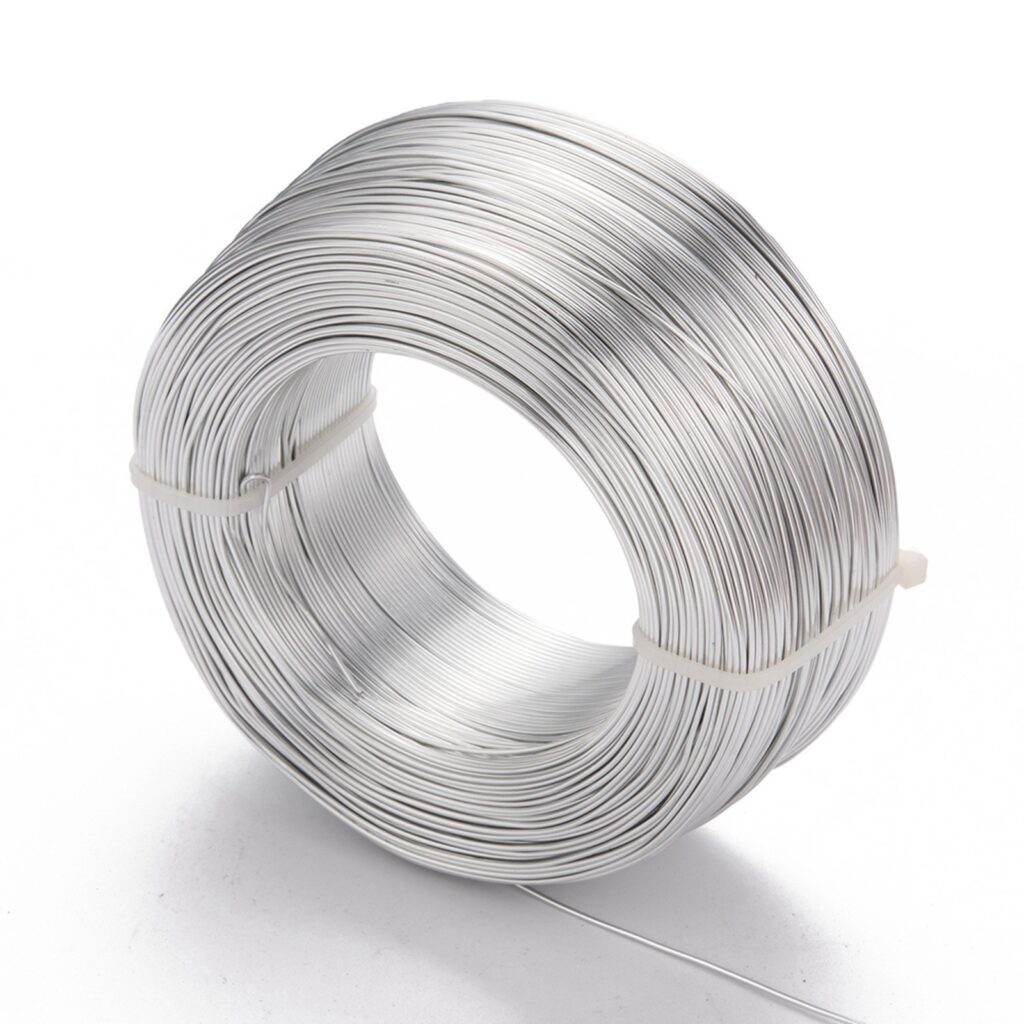
3. Technological Considerations
– Wire Feed Rate: Must be optimized based on steel grade and furnace conditions to avoid excessive alumina formation.
– Compatibility with Other Treatments: Aluminum wire is often used alongside “calcium treatment” for inclusion modification.
– Automation Integration: Modern steel plants employ automated wire feeders for precise control.

4. Market Trends and Future Outlook
With increasing demand for high-performance steels (e.g., automotive, construction, and pipeline sectors), the use of aluminum wire is expected to grow. Innovations such as “composite cored wires” (combining Al with Ca, Fe, or rare earth elements) are being developed to further enhance steel properties.
Conclusion
Aluminum wire plays a critical role in modern steelmaking by improving deoxidation, alloying precision, and inclusion control. Its adoption not only enhances steel quality but also contributes to cost-efficient and sustainable production. As steelmakers strive for higher-grade products, the strategic use of aluminum wire will remain indispensable in the industry.

